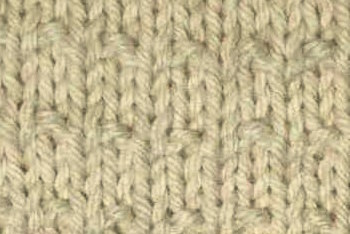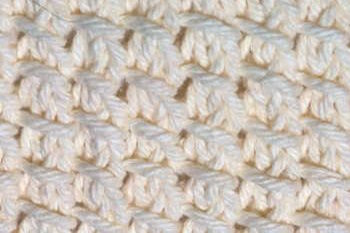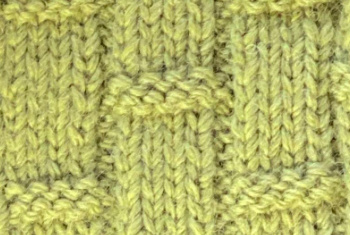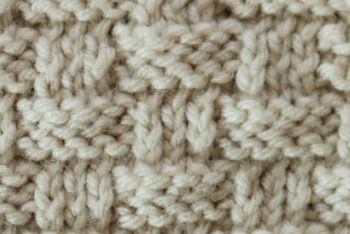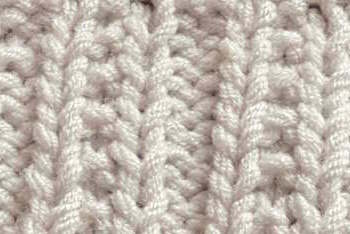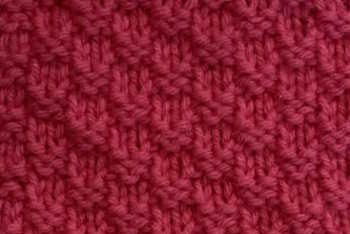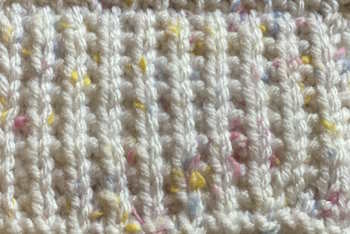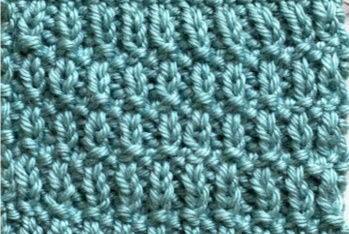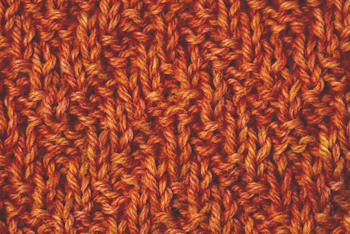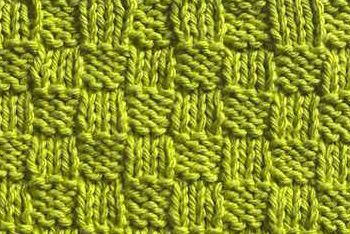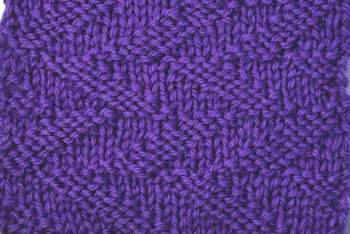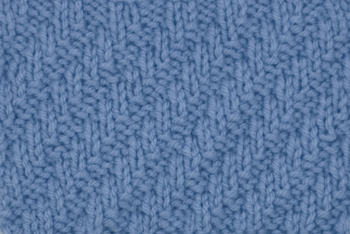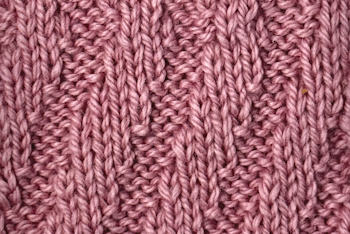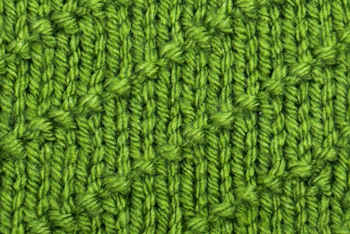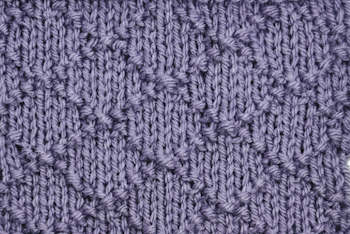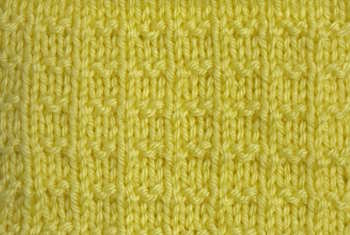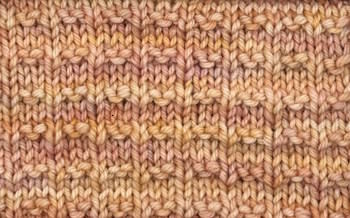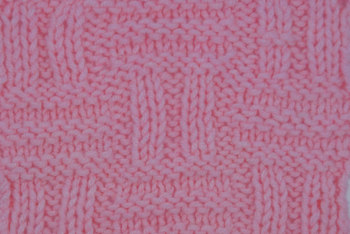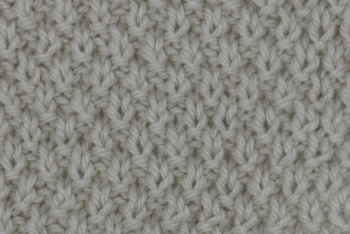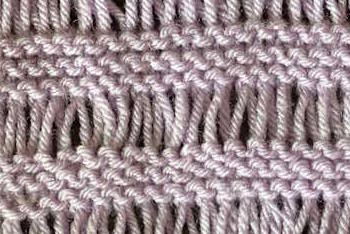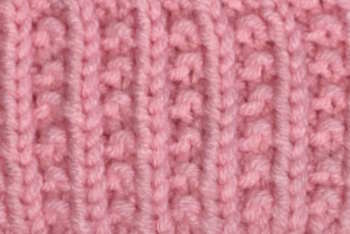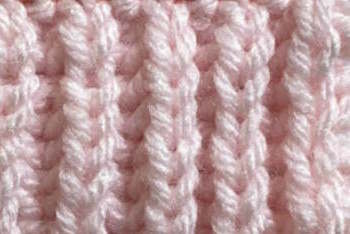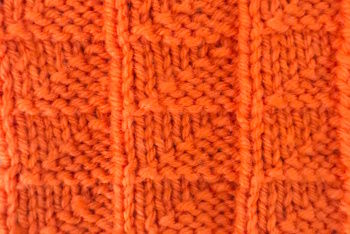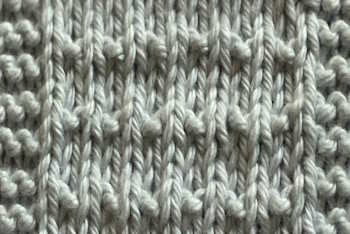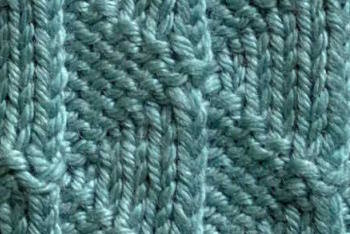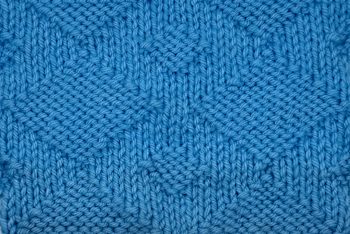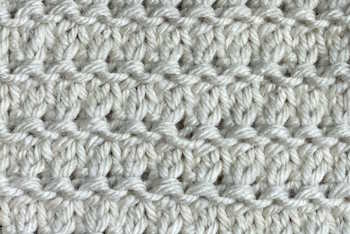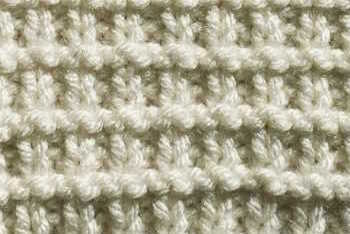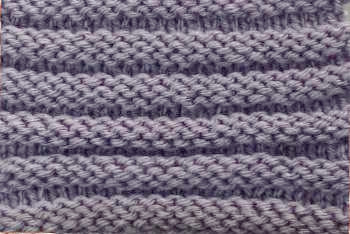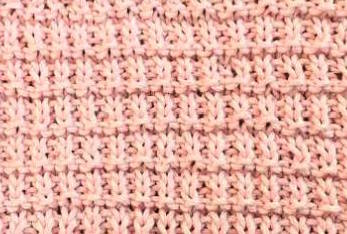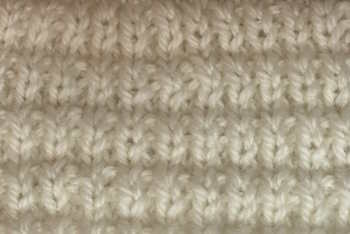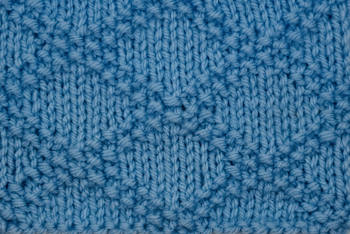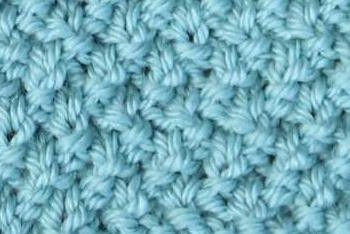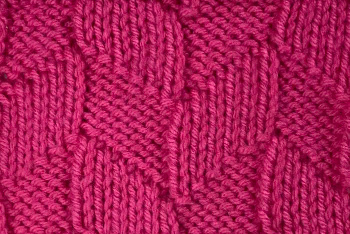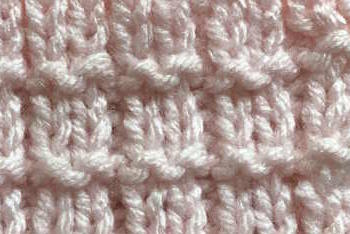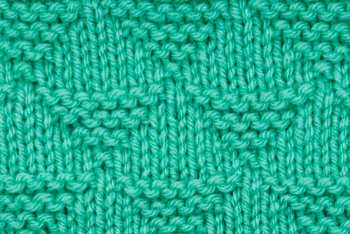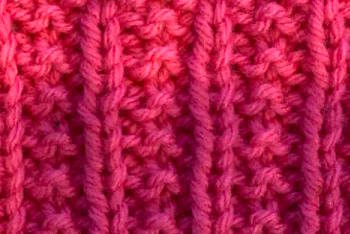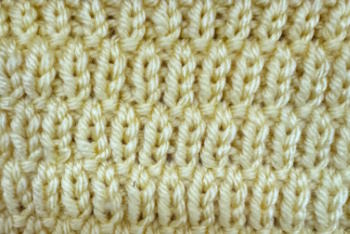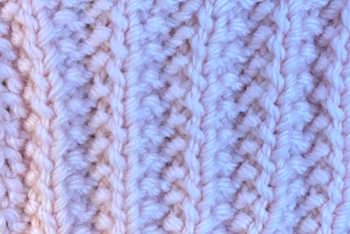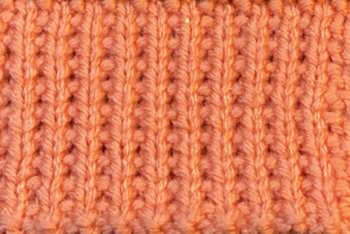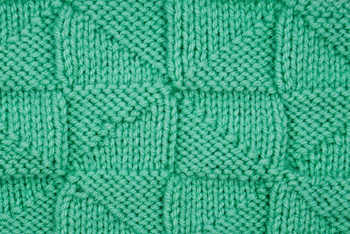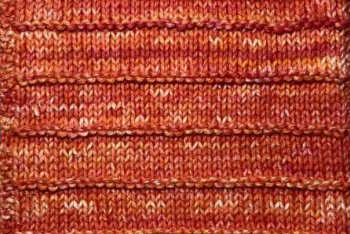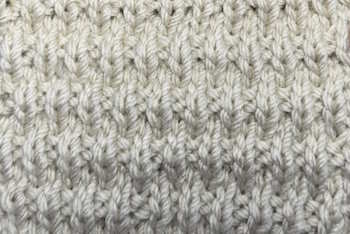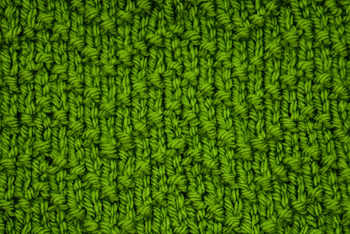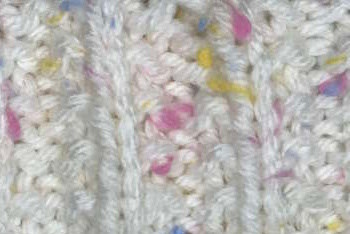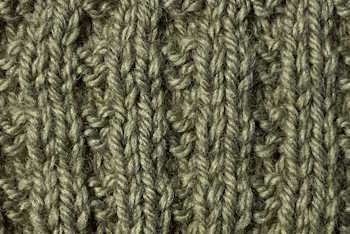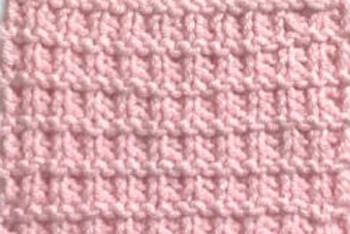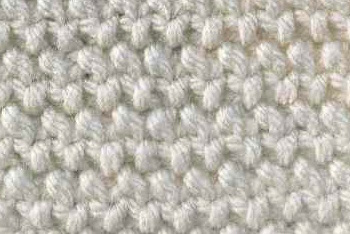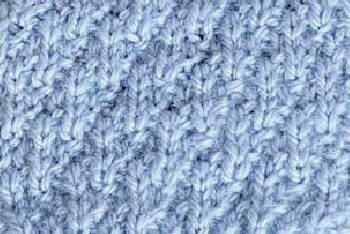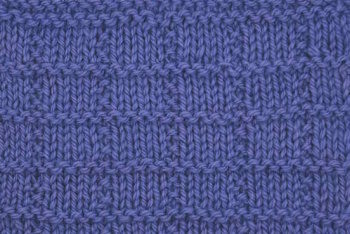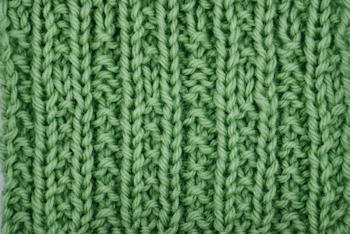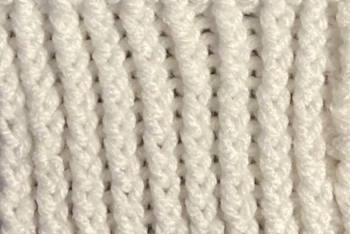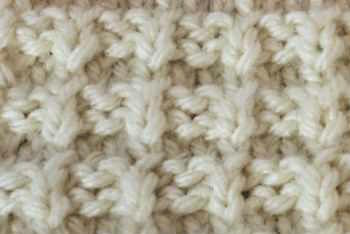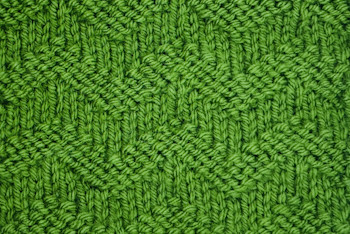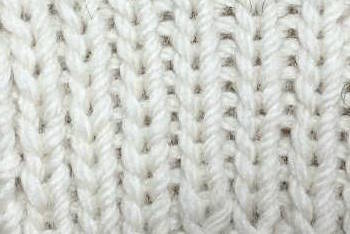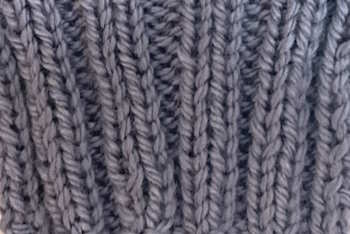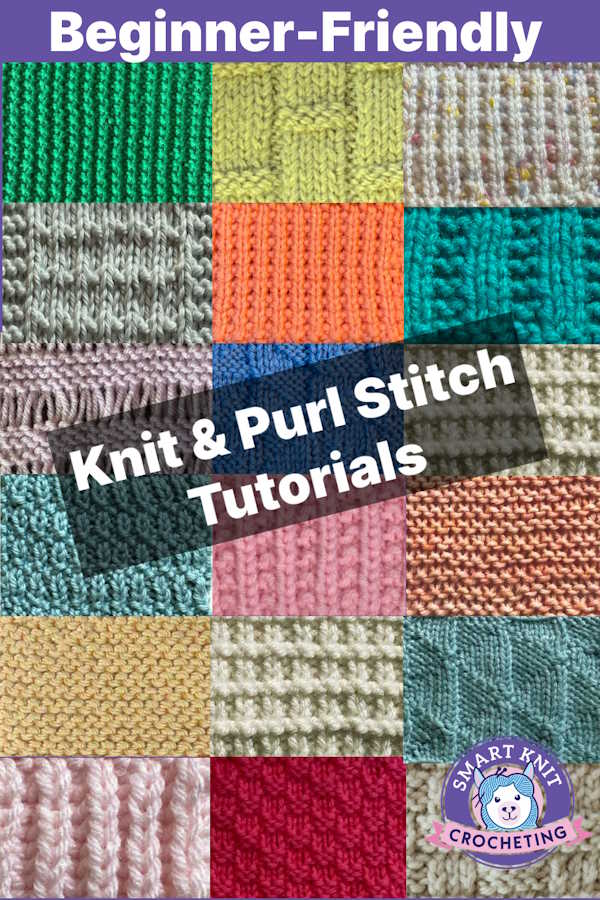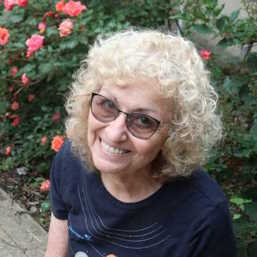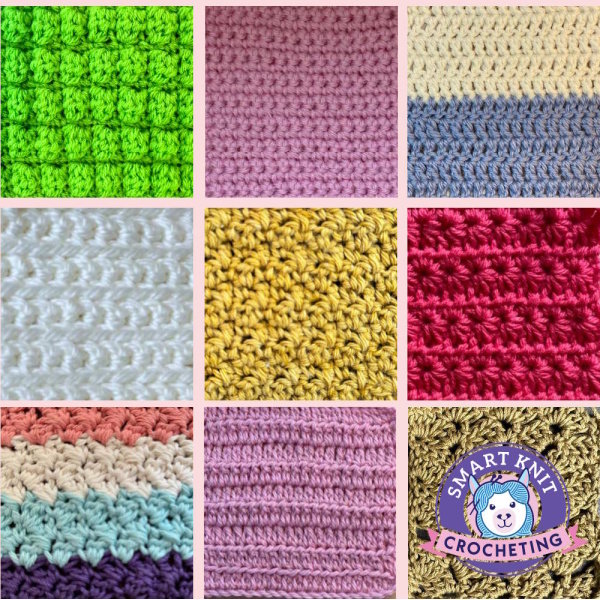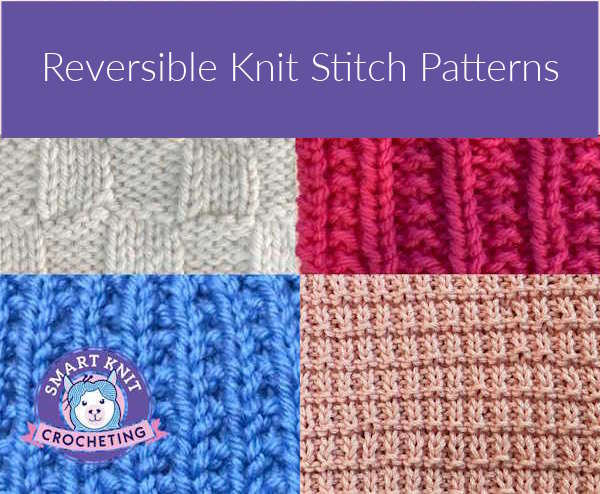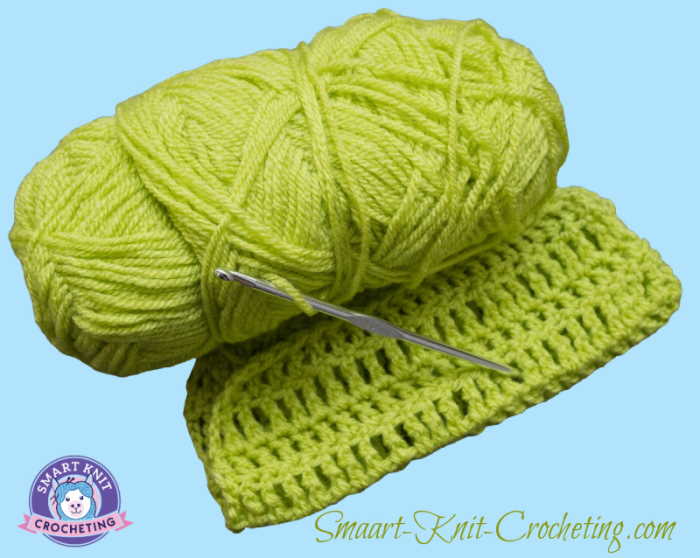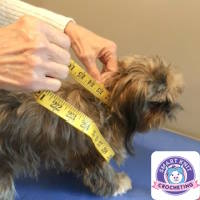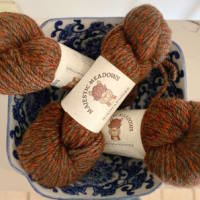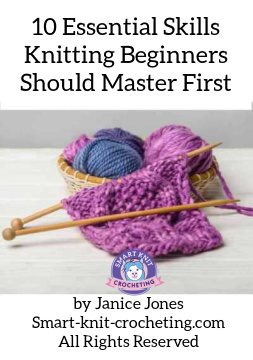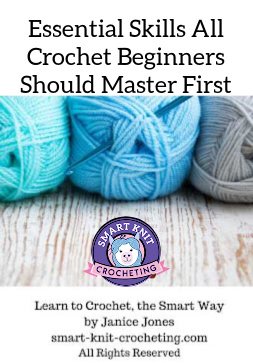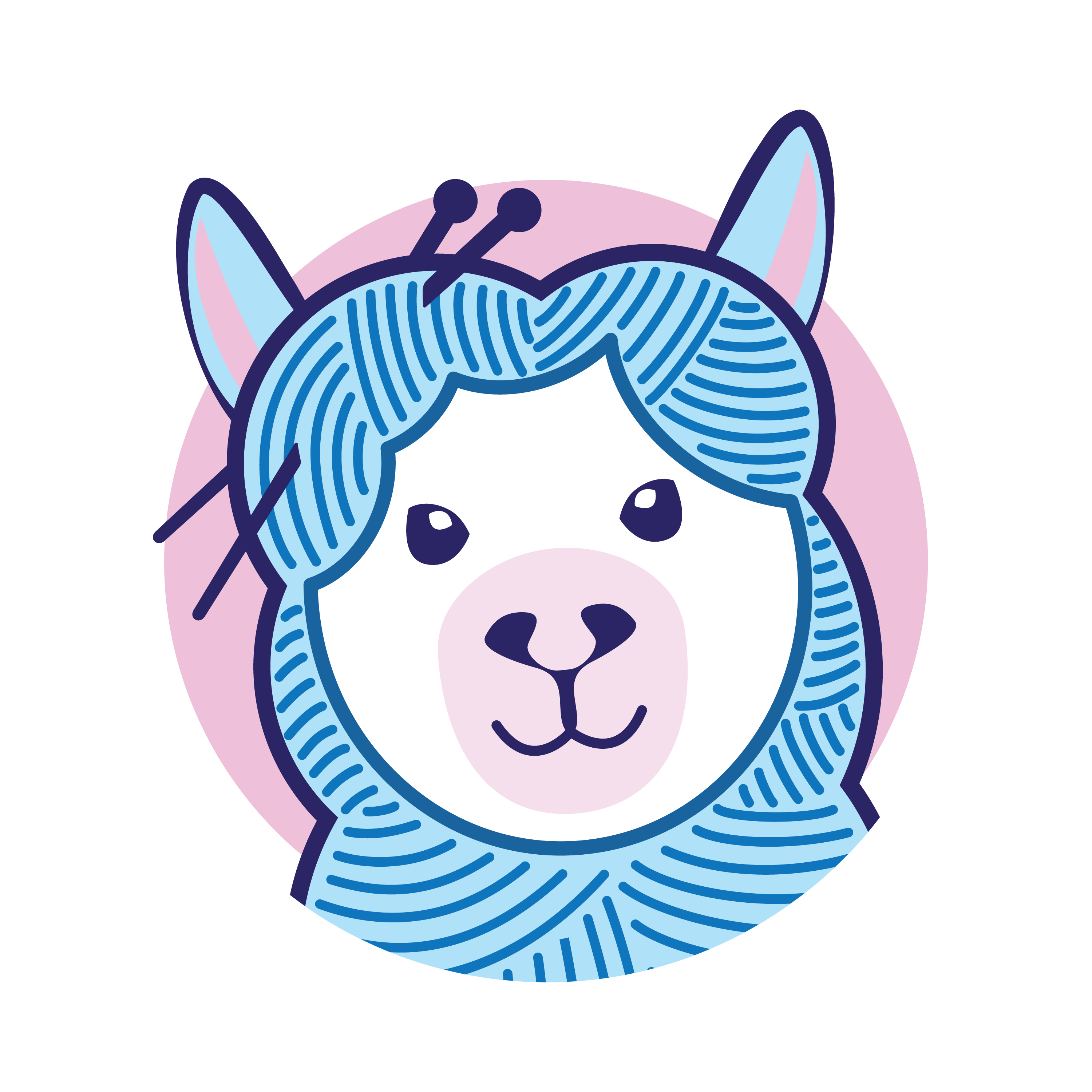56 Knit and Purl Stitches:
How to Make Them...What to Do With Them?
Knit and Purl Stitches by Janice Jones
If you are just getting started with knitting, you'll be glad to know that there are truly only two stitches that you must master before you can make beautiful projects for the home or for yourself. What are they?
Knit Stitches and Purl Stitches are the fundamental building blocks of knitting. Once you've master them, there's no stopping you.
 Index of Knit and Purl Stitches
Index of Knit and Purl StitchesIn this article, I will be reviewing both the knit and purl stitch and then showing you how to combine them to make interesting textured fabrics such as ribbing, cables, lace and textured stitches.
Knit and Purl Stitches: Directory
If you'd like to jump right into the stitches, here are the ones currently available on this site, or, continue scrolling and reading for a complete tutorial about all knit and purl stitches.
 Roman Knit Rib Stitch
Roman Knit Rib Stitch
Knit and Purl Stitches: Endless Possibilities Await You When You Combine the Knit and Purl Stitches
 Knit and Purl Stitches
Knit and Purl StitchesYou might like these
Learn the knit moss stitch with written steps, chart, FAQs, and a clear comparison to seed stitch. Beginner-friendly and reversible.
These easy knitting stitches for beginners include all the basic stitch patterns with links to detailed tutorials, pictures and instructions.
This Knit Garter Stitch tutorial is for anyone interested in learning how to knit and includes step-by-step instructions and picture tutorials.
This tutorial explains how to make the knit rice stitch and includes photos and step by step instructions. Project ideas are also included.
Knit this easy garter checkerboard dishcloth with our beginner-friendly pattern. Includes step-by-step instructions, tips, and texture variation ideas!
Learn how to knit the stockinette stitch step by step. Includes flat and circular methods, common mistakes, curling fixes, and beginner tips.
The purl stitch is one of the two major stitches in knitting. Quality of the finished knitting fabric depend on the way you purl the stitch.
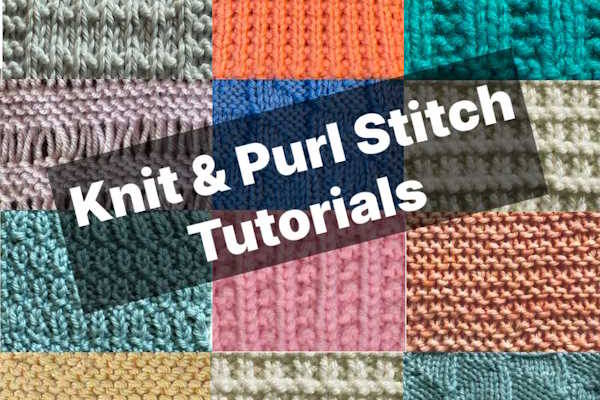 Index of Knit and Purl Stitches
Index of Knit and Purl Stitches